Introduction of HIV and AIDS
Brief overview of AIDS
Acquired Immunodeficiency Syndrome (AIDS) is a profound and complex global health issue that has challenged scientists, medical professionals, and communities worldwide since its emergence in the early 1980s. It represents the most advanced stage of infection with the Human Immunodeficiency Virus (HIV). This virus gradually attacks the immune system, leaving an individual vulnerable to many infections and diseases the body could typically fend off. The significance of AIDS extends beyond its impact on health, affecting societies, economies, and cultures.
Importance of Awareness and Education
The importance of awareness and education about AIDS cannot be overstated. Misinformation and stigma surround HIV/AIDS, significantly impacting prevention efforts, testing, and treatment. Education is a powerful tool in demystifying the disease, promoting empathy, and guiding informed choices about prevention and treatment.
Objectives of the blog post
This blog post provides a comprehensive overview of AIDS, from its definition and transmission to treatment and global impact. By addressing common questions and debunking myths, we aim to enhance understanding, encourage proactive health decisions, and foster a supportive environment for those affected by HIV/AIDS.
What is Acquired Immunodeficiency Syndrome AIDS?
Definition and Distinction from HIV
AIDS is the condition that manifests when HIV, the virus responsible for the infection, severely damages the human immune system. It’s critical to distinguish between HIV and AIDS; HIV is the virus that causes the infection, whereas AIDS is the syndrome that appears in the advanced stage of the infection, characterized by the occurrence of specific diseases or indicators of a critically weakened immune system.
The Biology of HIV/AIDS
HIV targets the CD4 cells, a type of T cell that plays a crucial role in the immune response. The virus integrates its genetic material into the cells, using them to replicate and eventually destroy them, leading to a gradual immune system deterioration. As the number of CD4 cells falls, the body becomes increasingly less capable of combating infections and diseases, marking the progression from HIV to AIDS.
Historical Overview
First identified in the early 1980s, AIDS quickly became a global pandemic. Initially, it was associated with specific groups, but it soon became clear that the virus could affect anyone. Over the decades, scientific advancements have transformed HIV from a fatal diagnosis to a manageable chronic condition, although a cure remains elusive. The history of AIDS is not just a medical story but also a narrative of social and political challenges, reflecting society’s response to those living with the disease.
How is AIDS Transmitted?
Sexual Transmission
The primary mode of HIV transmission is through unprotected sexual contact. The virus can be found in semen, vaginal and rectal fluids, and can enter the body through mucous membranes during unprotected vaginal, anal, or oral sex with an infected person.
Blood Transfusions and Needle Sharing
Blood transfusions and needle sharing have presented a higher risk in the past, particularly before the implementation of stringent screening processes for blood donations. Nowadays, the risk from transfusions is low in many countries, but sharing needles for drug use remains a significant transmission route. This highlights the importance of needle exchange programs and advocating for safe injection practices to prevent the spread of HIV.
Mother-to-Child Transmission
Mother-to-child transmission is another pathway where an HIV-positive mother can transmit the virus to her child during pregnancy, childbirth, or through breastfeeding. However, effective interventions and treatments can substantially reduce this risk, making it possible to prevent the transmission to the newborn or infant.
Myths and Misconceptions about Transmission
Misinformation abounds regarding how HIV is transmitted. It is crucial to understand that HIV cannot be spread through casual contact, such as hugging, shaking hands, or sharing objects like dishes or toilet seats. Debunking myths is essential for preventing stigma and promoting informed behaviors regarding HIV/AIDS prevention and treatment.
Stages, Signs, and Symptoms of AIDS
Early Symptoms of HIV Infection
The early stage of HIV infection, often referred to as acute HIV infection or primary HIV infection, can present symptoms that are flu-like approximately 2-4 weeks after becoming infected. These symptoms, although not experienced by everyone, can include:
- Fever
- Chills
- Rash
- Night sweats
- Muscle aches
- Sore throat
- Fatigue
- Swollen lymph nodes
- Mouth ulcers
These symptoms can last from a few days to several weeks. However, because these symptoms are similar to those of other viral infections, they are not a definitive indicator of HIV. After this initial phase, HIV may not cause any symptoms for years, even though it continues to affect the body. This period is known as clinical latency or chronic HIV infection.
Progression to AIDS
If left untreated, HIV progresses through several stages, culminating in AIDS, the most severe phase of HIV infection. The progression can be slow, often taking years. The Centers for Disease Control and Prevention (CDC) outlines three stages of HIV:
- Stage 1: Acute HIV Infection — Characterized by high viral loads and flu-like symptoms.
- Stage 2: Chronic HIV Infection — Also known as clinical latency, this stage can last a decade or longer with antiretroviral therapy (ART). Without treatment, it may progress faster. Individuals might not have symptoms but can still transmit the virus.
- Stage 3: Acquired Immunodeficiency Syndrome (AIDS) — The immune system is severely damaged. People are prone to opportunistic infections or cancer that signify AIDS. Without treatment, survival time is about three years.
Defining AIDS: Clinical Criteria
AIDS is defined by either the development of certain cancers, infections, or other severe clinical manifestations or by the reduction of CD4 T-cell counts below 200 cells per cubic millimeter of blood (200 cells/mm³). Normally, the CD4 count in a healthy adult ranges from 500 to 1,600 cells/mm³. The diagnosis of AIDS signifies the latter stage of HIV infection, where the immune system is significantly compromised, making the body more susceptible to infections and diseases that a healthy immune system could fend off. Common opportunistic infections include:
- Tuberculosis
- Pneumocystis pneumonia
- Severe oral thrush
- Kaposi’s sarcoma
- Cytomegalovirus
- Certain types of meningitis and encephalitis
Diagnosis and Risk Factors of AIDS
HIV Testing Methods
Diagnosing HIV early is crucial for effective treatment and reducing the spread of the virus. Several types of tests can detect HIV:
- Nucleic Acid Tests (NATs): Detect the virus in the blood, identifying acute HIV infection earlier than other types. They are more costly and not used as first-line screening tests.
- Antigen/antibody tests: Antigen/antibody tests are most commonly used for screening. They can detect HIV antibodies and antigens (specifically, the p24 antigen) in the blood. Some tests can provide results in 30 minutes or less.
- Antibody tests: These tests look for antibodies to HIV in blood or saliva. Oral fluid tests are slightly less sensitive than blood tests.
The Importance of Early Testing
Early diagnosis of HIV is crucial for several reasons. It allows individuals to start treatment sooner, which can significantly delay the progression to AIDS, reduce the risk of transmitting the virus to others, and improve overall quality of life. Early treatment with antiretroviral therapy (ART) has been shown to reduce the risk of certain HIV-related cancers and infections.
Early testing for HIV is vital for several reasons:
- Early treatment can significantly slow the disease’s progression, improving quality of life and extending lifespan.
- Reduces the risk of transmission to others by lowering viral load when treatment is started early.
- Access to counseling and support services to help manage the condition.
Interpreting Test Results
A positive result from an HIV test indicates that a person has been infected with the virus.
- Positive results: A follow-up test is usually performed to confirm an HIV diagnosis. Early diagnosis leads to early treatment, which can prevent the progression to AIDS.
- Negative results: If tested soon after potential exposure, re-testing is recommended after the window period—the time between potential exposure to HIV and when a test can accurately detect the virus.
Treatment of AIDS
Antiretroviral Therapy (ART)
The cornerstone of AIDS treatment is antiretroviral therapy (ART), which involves taking a combination of HIV medicines that work to control the virus. ART doesn’t cure HIV but helps reduce the viral load to undetectable levels, allowing individuals to live longer, healthier lives and reducing the risk of transmitting the virus to others. It’s crucial for those on ART to adhere closely to their prescribed medication regimen to prevent the development of drug-resistant strains of HIV.
Managing Side Effects and Co-infections
While ART has significantly improved the quality of life for those with HIV/AIDS, it can also come with side effects ranging from mild to severe. Healthcare providers work to manage these through medication adjustments or additional treatments. Furthermore, individuals with HIV are more susceptible to co-infections such as tuberculosis or hepatitis, which require their specific treatments. Regular monitoring and early treatment of these co-infections are critical components of comprehensive HIV care.
The Role of Diet, Exercise, and Mental Health
A balanced diet, regular exercise, and attention to mental health are all important for people living with HIV/AIDS. A healthy lifestyle can help mitigate the side effects of medications, reduce the risk of co-infections, and improve overall well-being. Mental health support is also crucial, as individuals with HIV/AIDS may face psychological challenges such as depression, anxiety, and stigma-related stress.
Prevention Strategies
Safe Sex Practices
The promotion of safe sex practices, including the use of condoms and dental dams, is a key strategy in preventing the transmission of HIV. Educating individuals about the importance of protection during all forms of sexual activity is essential to reduce new infections.
Needle Exchange Programs
Needle exchange programs provide a critical public health service by allowing individuals who use injectable drugs to obtain clean syringes in exchange for used ones. This strategy has been proven to reduce the spread of HIV significantly among intravenous drug users by minimizing needle sharing.
Pre-exposure Prophylaxis (PrEP) and Post-exposure Prophylaxis (PEP)
PrEP is a preventive strategy for people who do not have HIV but who are at high risk of getting infected. It involves taking an antiretroviral pill daily. PEP, on the other hand, is a treatment that can be taken after potential exposure to HIV (such as through unprotected sex or needle sharing) to reduce the risk of infection. Both strategies require medical guidance and strict adherence to be effective.
Vaccination Research
While no vaccine is currently available to prevent HIV infection, research into developing one is ongoing and considered a high priority. Advances in vaccine technology and a better understanding of the virus’s mechanisms have led to promising developments in recent years.
Living with HIV/AIDS
Managing Health and Wellness
Living with AIDS requires a comprehensive approach to health and wellness, emphasizing both physical and emotional well-being. Antiretroviral therapy (ART) is at the heart of managing the condition, but it’s also crucial to maintain a healthy lifestyle, including a balanced diet, regular exercise, and adequate rest. Regular medical check-ups and adherence to treatment can help manage the symptoms of AIDS and prevent the development of opportunistic infections.
Navigating Social and Emotional Challenges
The social and emotional challenges of living with AIDS are significant. Stigma and discrimination can lead to isolation, depression, and anxiety. It’s essential for individuals living with AIDS to seek support from friends, family, and support groups. Mental health services and counseling can play a critical role in helping individuals cope with the diagnosis and the challenges that come with living with the disease. Also, visit my other post, Automated Dispensing Cabinets.
Legal Rights and Discrimination
People living with HIV/AIDS are protected under various laws that prevent discrimination in employment, housing, and access to healthcare. Awareness of these rights is crucial for combating discrimination and ensuring that individuals living with HIV/AIDS receive the support and protection they deserve. Advocacy and legal aid services can provide assistance in cases of discrimination.
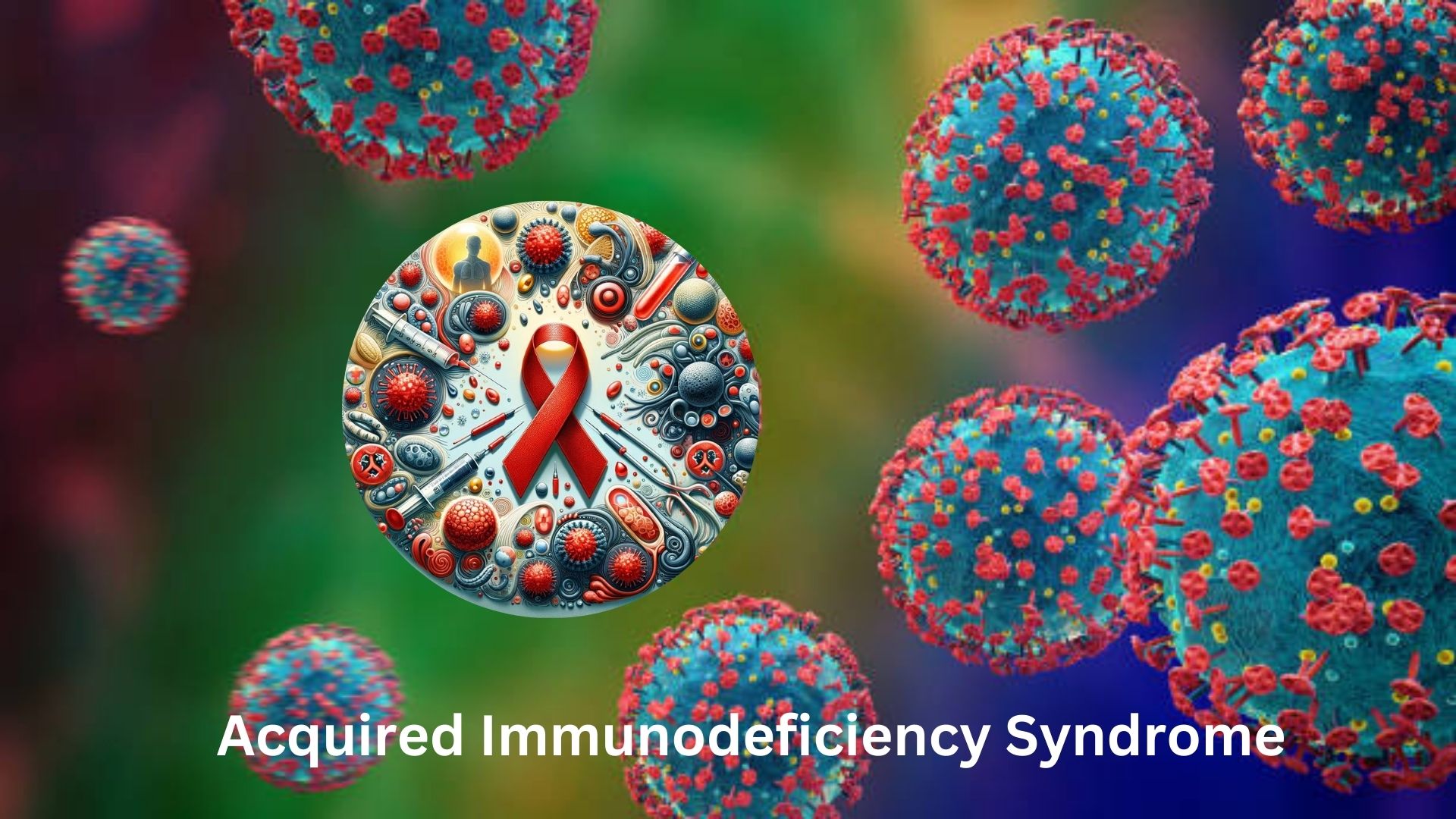
Global Impact of AIDS
Epidemiology: Global and Regional Statistics
AIDS remains a major global health issue, with certain regions, particularly sub-Saharan Africa, disproportionately affected. While some countries have made significant progress in controlling the epidemic, others continue to struggle with high rates of new infections and deaths. Global and regional statistics help to understand the disease’s spread and effectively target interventions.
Efforts to Combat AIDS Worldwide
International organizations, governments, and NGOs have mobilized resources and efforts to combat AIDS through prevention, treatment, and support programs. Initiatives such as the President’s Emergency Plan for AIDS Relief (PEPFAR) and the Global Fund have contributed significantly to providing antiretroviral treatment, promoting HIV testing, and reducing the number of new infections.
Success Stories and Challenges
There are notable success stories, including countries that have dramatically reduced their HIV infection rates and improved the quality of life for those living with AIDS. However, challenges remain, including funding shortages, access to treatment in rural areas, and combating stigma and discrimination.
The Future of AIDS Research and Hope
Advances in Treatment and Cure Research
Research into the treatment and potential cure of AIDS is ongoing, with significant advances in antiretroviral therapy and experimental approaches such as gene editing showing promise. Scientists are also exploring the possibility of using immunotherapy to treat or even cure HIV/AIDS.
Vaccine Development
Developing an effective vaccine against HIV is a critical area of research. While creating a vaccine has been challenging due to the virus’s ability to mutate, recent advances offer hope for future success. Vaccine trials are ongoing, with some showing encouraging results.
The Importance of Global Solidarity
The fight against AIDS requires global solidarity and cooperation. Sharing knowledge, resources, and strategies across borders can accelerate progress in combating the epidemic. International solidarity, coupled with local efforts, is crucial for addressing the global challenge of AIDS, ensuring access to treatment for all, and moving towards an AIDS-free generation.
Frequently Asked Questions about AIDS
1. What is Acquired Immunodeficiency Syndrome?
It is a condition caused by people with HIV. It represents the most advanced stage of HIV infection, characterized by a severely weakened immune system, which makes the body more susceptible to infections and certain types of cancers.
2. How is AIDS transmitted?
It is caused by the human immunodeficiency virus (HIV), which can be transmitted through direct contact with infected body fluids such as blood, semen, vaginal fluids, and breast milk. The most common ways to contract HIV are through unprotected sexual intercourse, sharing needles for drug use, from mother to child during childbirth or breastfeeding, and less commonly, through blood transfusions.
3. Can AIDS be cured?
As of now, there is no cure for AIDS. However, with proper medical care, including antiretroviral therapy (ART), individuals living with HIV can manage the virus effectively, preventing its progression to AIDS and leading healthy, productive lives.
4. Is it possible to prevent AIDS?
Yes, AIDS can be prevented by protecting against HIV infection. Preventative measures include practicing safe sex (using condoms), not sharing needles, undergoing regular HIV testing, and, for those at high risk, taking pre-exposure prophylaxis (PrEP) medication. If exposed to HIV, post-exposure prophylaxis (PEP) can prevent the virus from establishing an infection if started within 72 hours.
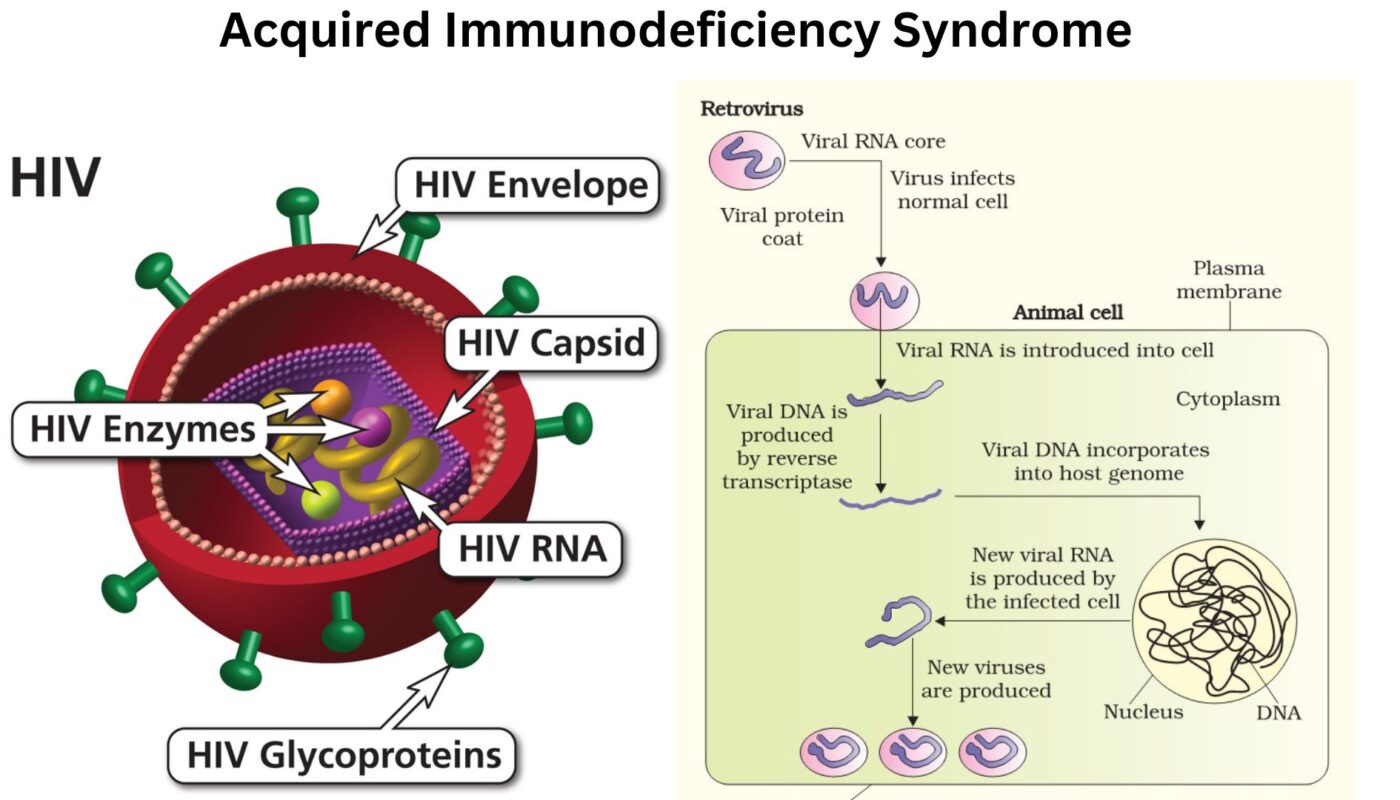
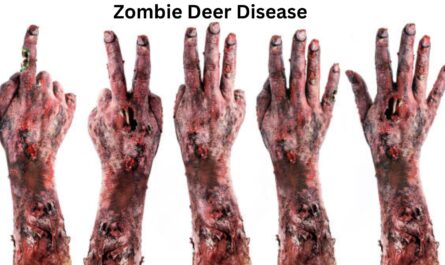
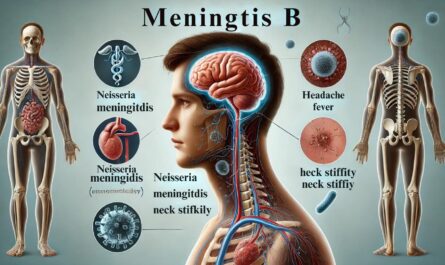
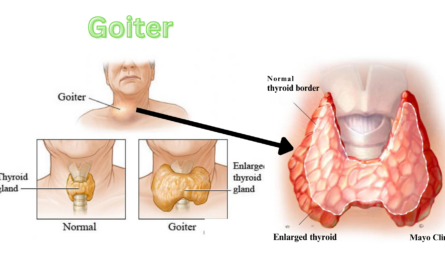
One thought on “AIDS | HIV and AIDS | HIV Basics | CDC”